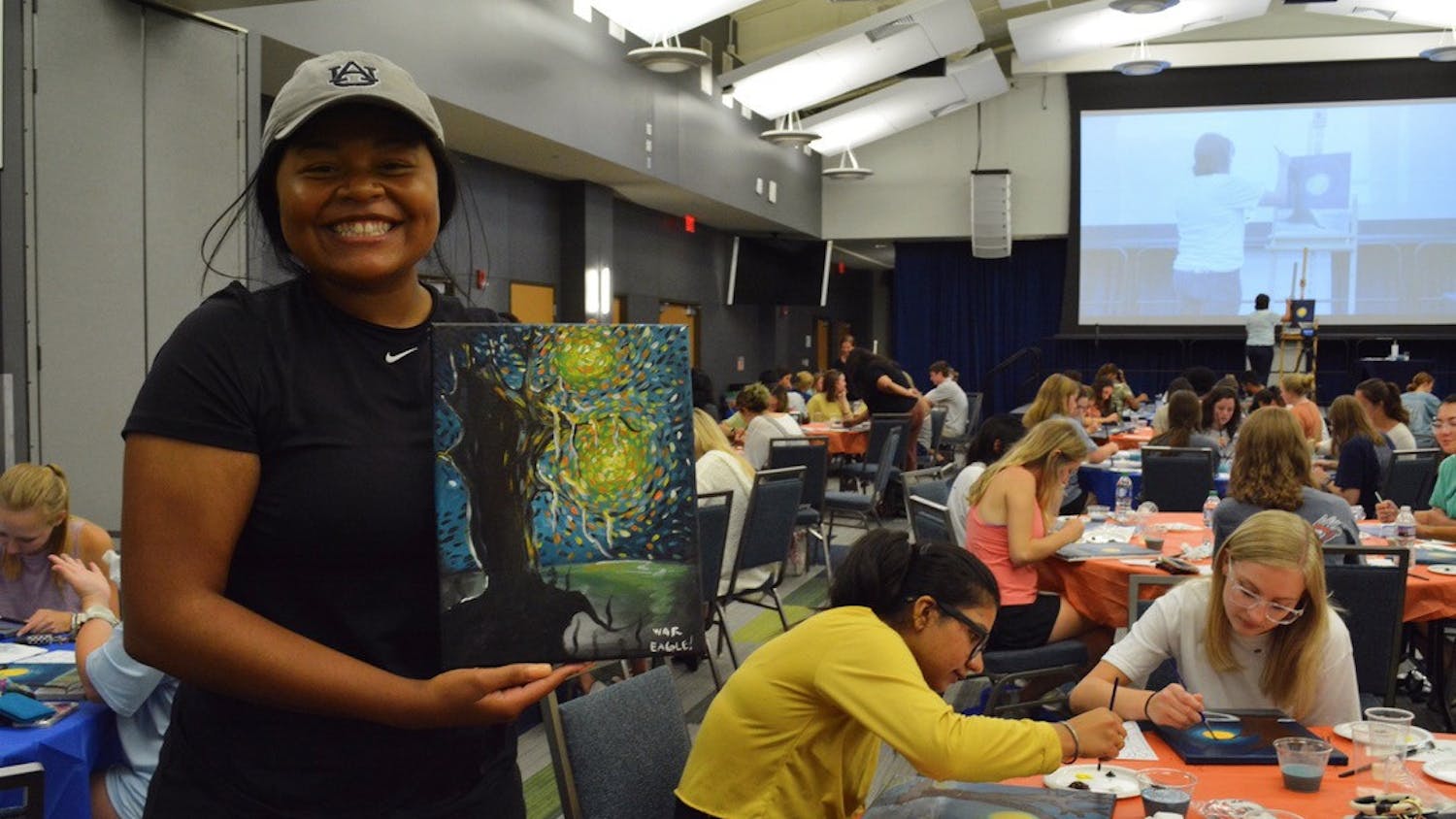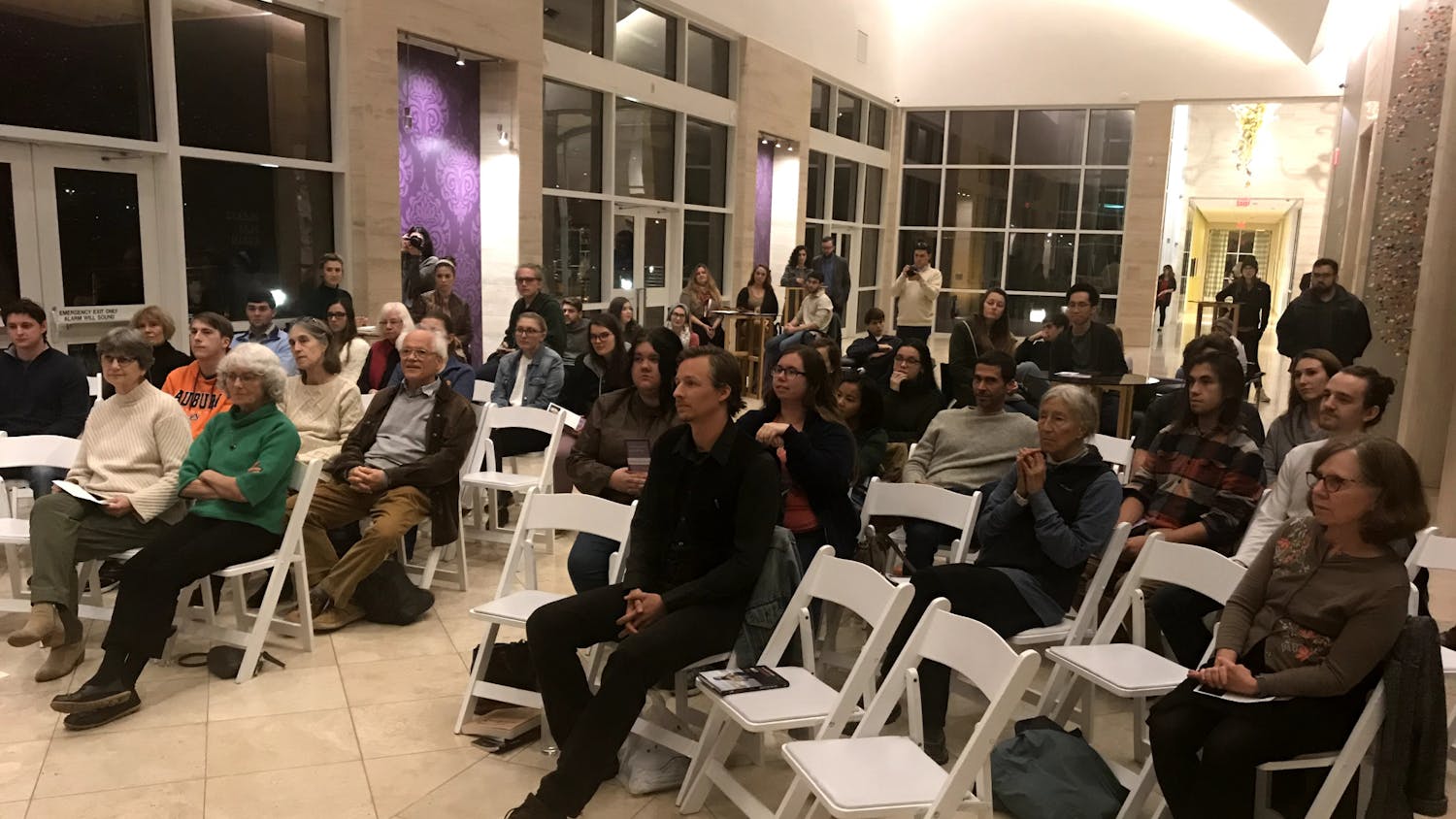Going into making their documentary, Jennifer Grausman, Sam Cullman and Mark Becker, did not know what to expect.
As former members of the art world, with Grausman having worked in art museums and Cullman having been an artist, they knew they wanted to make a documentary about art crime. But what emerged surpassed their expectations.
"Art and Craft" tells the story of Mark Landis, art forger who has duped museums across the nation, and the people who have been drawn to him, including former registrar Matt Leiniger, who acts as Landis’ real life foil throughout the film.
But what Grausman originally expected to be a short on art crime ended up being a feature-length film about too-good-to-be-true characters that raises questions pertaining more to human nature than art.
Q: What was y’all’s filming schedule like with Mark? Was it every day?
A: We were up in (New York) so we would come down for a few days at a time. We probably made seven or eight trips down to Mississippi, and we would shoot anywhere from two to five days. Five days, it turned out, was too much. So after we learned that, we kept it to two or three days.
Q: He just didn’t like that?
A: He would get tired. Mark is on an unusual schedule-- he usually goes to bed around 6 p.m. and wakes up around midnight and then is up for the day. He used to want us to get there really early, and we were never early enough. He would start to get tired or "wind down", as he would say, after say 2 or 3 in the afternoon.
Q: What was your first impression the first time y’all went to see his house and meet him?
A: I mean, he was pretty charming and welcoming. He was excited we were there, and we were surprised by how open he was-- we filmed Hobby Lobby and filmed him painting the fakes. He showed us right away his techniques right away ... A lot of the material from the first 15 minutes is actually from that first visit, and we did a very intensive sit-down interview that barely made it into the film. But he was pretty open on a lot of topics.
Q: Was that sad for you when you had to cut some of that stuff?
A: Not really since we wanted to stay away from sit-down interviews, and so we tried to get that material in other ways ... Most of what was good and what we really loved made it into the movie. There are only four or five DVD extras of scenes we cut that we really liked.
Q: Did you expect him to be such a sympathetic character before you meet him?
A: Honestly, no. We didn’t really know what to expect. It was just such a bizarre story. And I think that is the beauty of making documentaries. You can go in with one idea and come out with a totally different movie, and that is kind of what happened. Sam was an artist originally, and I had been in the museum world and studied art history, so those art questions are what initially drew us to the story. I had been researching art crime and forgery stories and nothing really stuck, and then I read this story--it really was something else. But what kept us interested were the sorts of more human questions that came up while we got to know these characters.
Q: Does Matt hold a grudge against Mark?
A: He doesn’t really anymore. He certainly did before he saw him again at the exhibition, but there is something about meeting Mark in person that disarms people. And I think Matt had this idea in his head of Mark and then he found Mark to be quite different in person.
I think you can see that in the film. And it's funny, because Mark says, ‘I’ll read your emails now,’ but then when Matt would email him he didn't because he was still kind of scared of Matt. But then we premiered at Tribeca, the film festival, and it was the first time they both saw the documentary. We were really nervous about their reactions, but they both ended up liking it, and then they hugged on stage during the Q&A. They've emailed a bit after that, although Mark said he still doesn’t answer all of his emails.
Q: I know Matt said something about having OCD. Is that a big part of his life and the challenges that he faces?
A: I certainly don’t know if that is his medical diagnosis. He just talks about it in that way. But he seems pretty dogged about most things in his life and holds strong beliefs. He felt that what Mark was doing was wrong, and since he discovered Mark, he should right this wrong by exposing him.
Q: What was the biggest challenging in making the film?
A: So many. One of the biggest ones was fundraising because it was an independent documentary, and for grants and things like that, usually they look to support very clear social issue documentaries. And even though the film deals with mental health, it was really more of a narrative film.
And then it was challenging to work with the mental health piece. We approached it very sensitively because Mark may suffer from some mental illness, but of course that doesn't entirely define him. We wanted to convey this piece of the puzzle without reducing him to a diagnosis. Mark, like anyone, is complicated and very much transcends that simple outlook.
And then we were worried about Mark at different points because he was seeming fragile before the exhibition and so you have to weigh your filmmaker response versus your human response and we really wanted to make sure he was okay. But you know, as he said, he definitely looked forward to our visits so we didn’t want to stop filming either.
Q: What would you want audiences to take away if there was one big takeaway from the movie?
A: That is a question I don’t like to answer. All three of us wanted to make a movie that posed a lot of questions and let the audience sort of discover things for themselves ... what I love is that after a screening there is a lot of discussion and some people think Mark’s the good guy and Matt’s the bad guy or vice versa, and some people realize there are all these shades of grey, so I don’t like to prescribe what people should take away. But I think more than that, we wanted to share this story and these unique people so that you could see this sort of world that you are not exposed to and realize the similarities in your own life.
Do you like this story? The Plainsman doesn't accept money from tuition or student fees, and we don't charge a subscription fee. But you can donate to support The Plainsman.




